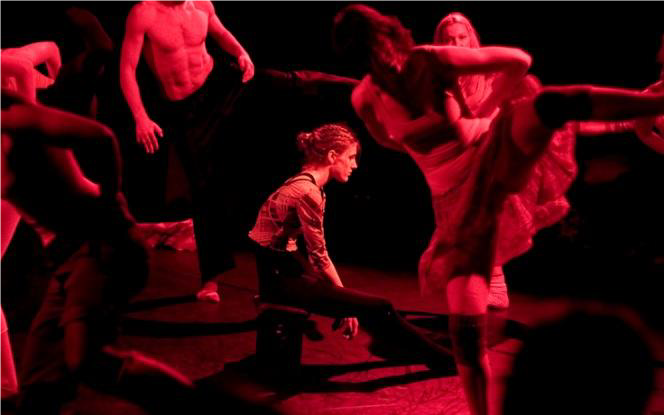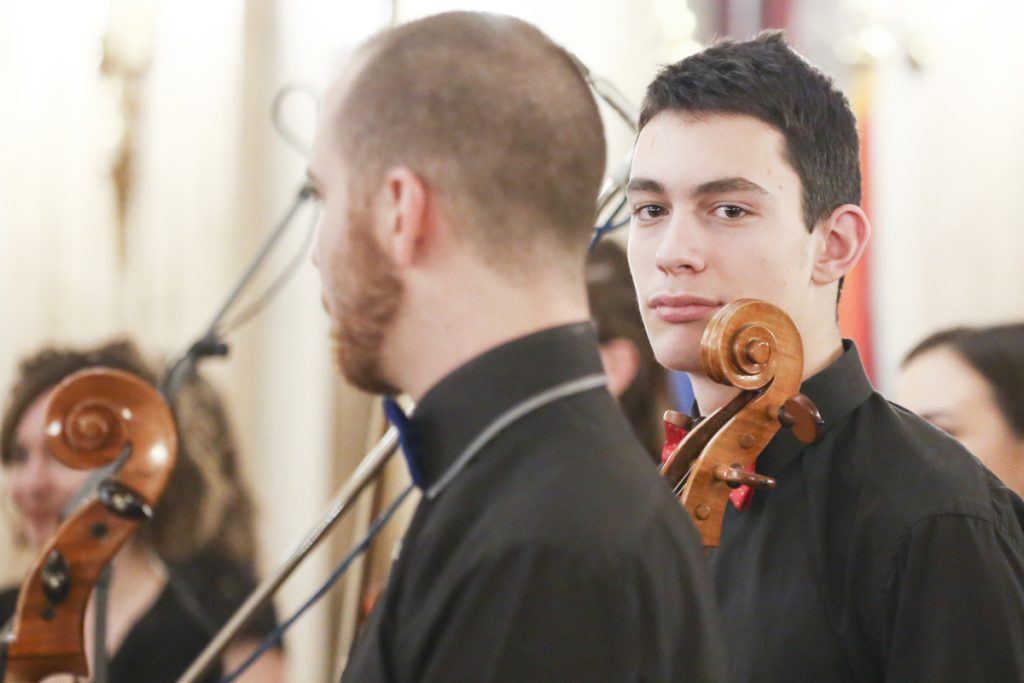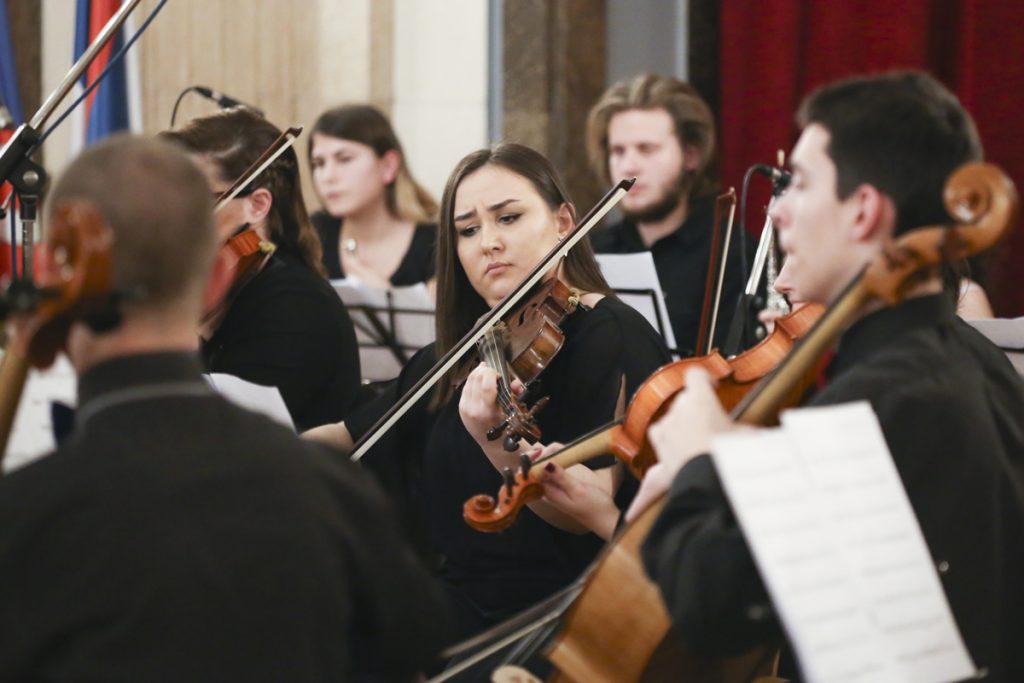Center of interest
Photographic composition is the arrangement of elements within the picture. Creative photography depends foremost on the photographer’s ability to see as the camera sees because a photograph does not reproduce a scene quite the way we see it.
The camera sees and records only a small isolated part of the larger scene, reduces it to only two dimensions, frames it, and freezes it. But it does not discriminate as we do. When we look at a scene, we selectively see only the important elements and more or less ignore the rest. A camera, on the other hand, sees all the details within the field of view. Backgrounds may be cluttered with objects we do not remember, our subjects may appear smaller in the frame or less striking than we recall, or the entire scene may lack significance and life.
Good pictures are seldom created by chance. To make the most of any subject, one has to understand the basic principles of composition. The way elements are arranged within a picture is something we can influence or not, but the image has to catch the viewer’s attention, please the eye, or make a clear statement. In order to develop those skills, photographer has to look, study, practice. Every time when taking a photo, he needs to think about the place of every element and its influence on other elements, and its general position in the picture. Many times when taking pictures, what we see on film/in camera, doesn’t suit our expectations and intentions.
Most often it is good for the picture to have only one principal idea, topic, or center of interest to which the viewer’s eyes are attracted. Subordinate elements within the picture should support and focus attention on the principal feature so that it alone is emphasized. A picture without a dominant center of interest or one with more than one dominant center of interest is puzzling to a viewer. Subsequently, the viewer becomes confused and wonders what the picture is all about. When the picture has one, and only one, dominant “point of interest,” the viewer quickly understands the picture. When there is nothing in the image to draw attention to a particular area or object, the eyes wander through the scene. The focus can be a single object or several arranged to draw attention to a specific area. When the center of interest is a single object that fills most of the picture area or one that stands out boldly, attention is attracted immediately to it, but, not all subjects are as simple to arrange or as bold and impressive.

A photographer usually has at his disposal many factors or elements that can be used and arranged within the picture area to draw or direct attention to the primary idea of the picture. Some of these elements are lines, shapes, human figures, tone, texture…
Human figures attract attention more strongly than almost any other subject matter and, unless they are the main object of the photograph, they should probably be kept out of the picture. For instance, the photo on the right has many repetitive elements, and repetition itself makes them stronger, and there is a small human silhouette that instantly becomes the focus of the image.

Centering subject means that the subject is in the general center of the frame. It does not mean that the subject is always exactly centered. In fact, some “centered” subjects can still be broken down to the rule of thirds by applying the rule of thirds to pieces of the subject rather than the whole subject. For example, the eyes of a portrait may work via the rule of thirds although the portrait subject is centered. Centering can be used to draw attention to a subject, to create a sense of space, to create a sense of size, and to overcome location difficulties. When people look at the camera and therefore at the viewer of the picture, the viewer tends to return their gaze by looking directly back into their eyes. When they are not the intended point of interest, we miss the statement and purpose of the picture. When people are subordinate elements within the picture and they are looking in a direction other than at the camera, the viewer’s attention is directed from the people to what they are looking at, which should be the center of interest.

Drawing Attention to the Subject
Centering is an effective way to draw attention to the point of interest when the composition is extremely busy and there are lots of similar objects in a frame competing for attention because the eye goes straight to the center of the image. Centering strong and different types of objects can help draw attention too.
Also, placing the object straight into the center of the image can be used when there are very few other items in the composition. When taking photographs of stand-alone objects where background and foreground are not shown and the subject will nearly fill the frame, centering works to maintain focus on the subject itself.

Eye-to-eye contact
When people look at the camera and therefore, indirectly at the viewer, the viewer responds to the image by looking back and staring straight at the eye. Hence, this has to be a deliberate center of interest, or otherwise, the point and message of the image are completely wrong. Moreover, when a portrait is not primarily the subject of the image, but the portrait is staring at something else in the image, then we direct our attention straight to the object of their observation. This is an instinctive reaction as if there was an arrow showing us where to look at.

Centering to Create a Sense of Space or Size
Centering is also a very effective tool for creating a sense of space and size. By centering a subject that is surrounded by smaller (or larger) objects, the size of the subject can be emphasized. For example, a house photographed in the middle of a large pasture area can create a sense of smallness. We can also use centering to create a sense of belonging to a space or a sense of loss. By photographing a child completely surrounded by toys, we create a certain atmosphere of the child belonging to the space around the child. Conversely, by photographing a child surrounded by toys but with a small empty space around the child before the toys begin will create a sense of separation or loss. In both images, child is literally the center of attention. In the second image, because the blank space would be centered with the child – it becomes both part of the center of attention and a barrier to the toys.

Centering to Overcome Location Difficulties
Not all subjects or backgrounds/foregrounds will allow a photographer to compose according to the rule of thirds, golden ratio, or any other rule. In some cases, the only shot you can get is a centered shot. Sometimes there are distracting foreground or background objects, or there is an element to the side of the subject that would intrude on the image were the subject not centered. When events like this occur you must make the most of the situation and center the subject. A centered subject will certainly command more positive attention than a subject with a lamppost directly behind his/her head. Centering is an effective way to draw attention to the point of interest when the composition is extremely busy and there are lots of similar objects in a frame competing for attention because the eye goes straight to the center of the image.





